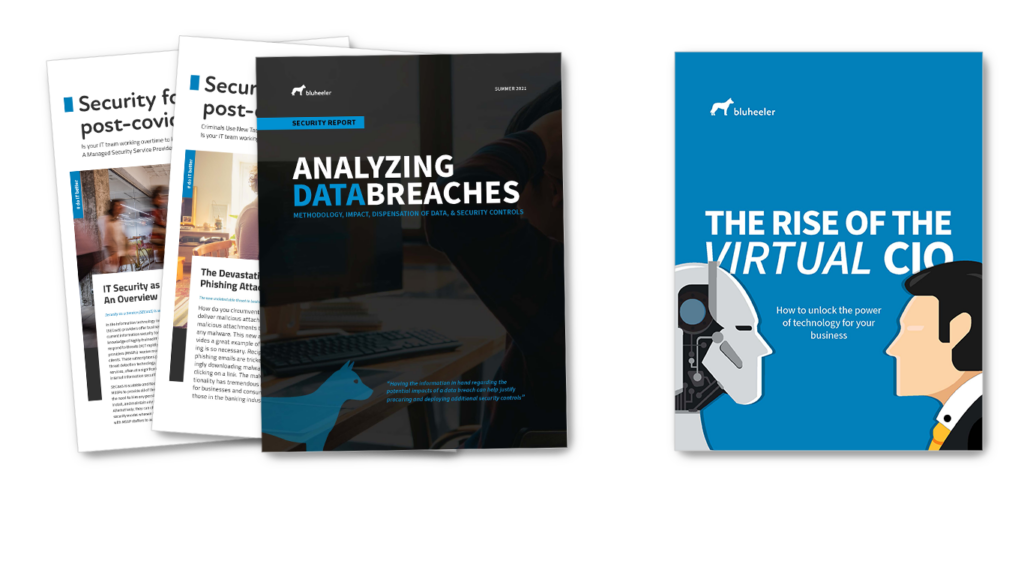Keeping up with the latest tech innovations isn’t easy for most businesses. Even an IT department can struggle to provide employees with the necessary technology to succeed in today’s fast-paced business environment. As a result, many employees download their own apps to boost productivity instead of waiting on an in-house IT team to approve and implement these products. While it may be more convenient for employees to download additional tech tools, this also creates the phenomenon known as “shadow IT.”
Overview of Shadow IT
Shadow IT happens anytime an employee downloads software or uses hardware without approval from the IT team. This can easily occur in many ways, such as using a personal laptop to access business documents because the company-supplied laptop is too slow. Another example is an employee downloading a different video conferencing software because of better features. While an employee may have good intentions, unapproved software or hardware can result in many other issues for a company.
Here are a few of the principal risks of shadow IT in the workplace.
Compromises IT Security
One of the most significant disadvantages of shadow IT is that it increases the risk of cybersecurity incidents. Any unapproved device or application creates a wide range of cybersecurity issues. For example, these applications won’t automatically receive patches from the IT team, and there is no way to monitor these devices. As a result, the chance of a cybersecurity incident impacting your business always increases due to shadow IT.
Increases Risk of Data Loss
Data loss is always a significant risk facing all types of businesses. The impact of losing data can be mitigated with real-time backups in the cloud. However, shadow IT makes it impossible to access this information on the cloud due to it being disconnected from other devices or applications. The loss of confidential data can destroy trust with your clients while also leading to expensive compliance violations. Always ensuring that each employee uses approved software and hardware is essential in avoiding this dire situation.
Disrupts Productivity
An often overlooked aspect of shadow IT is that it can disrupt the productivity levels of your employees. For example, is an updated file attachment located within a company email, or is it buried somewhere in a personal email attachment? Spending even a few extra minutes looking for a misplaced attachment can quickly add up over time and make it difficult to stay productive. Educating your employees on the importance of using company-approved applications and tools is critical to maintaining productivity and avoiding these problems.
Closing Thoughts on Shadow IT
Looking at ways to completely eliminate shadow IT in the workplace isn’t always possible for businesses. On the other hand, you can begin to implement a few changes to your IT policies to expedite the review process of software applications. Maintaining your existing software and hardware with the latest updates to ensure they are working at an optimal level is also crucial in making it easy for employees to use this technology. Creating a shadow IT policy is also a good idea to educate employees on the dangers of this practice. Taking the time to discuss the risks of shadow IT in the workplace is always a worthwhile option to help protect your business against any cybersecurity incidents.
Bluheeler combats cyberthreats that come from inside and outside your organization. Our agent-based security platform prevents shadow IT by providing a real-time list of all your user’s software. To save time, you can easily create allowlists and blocklists. Learn more, schedule a quick demo today.






